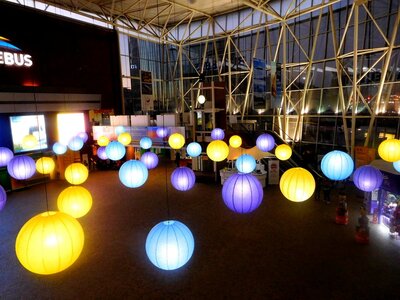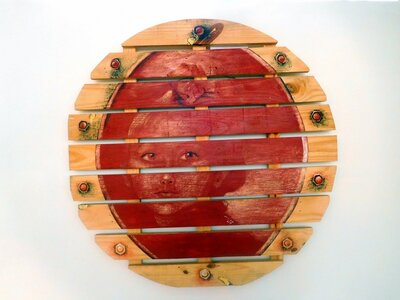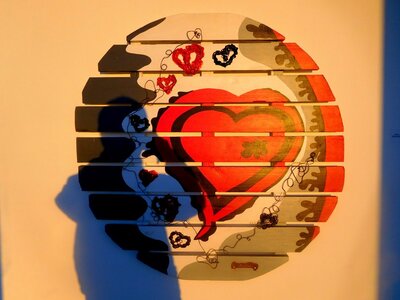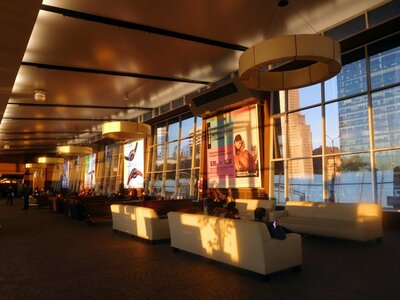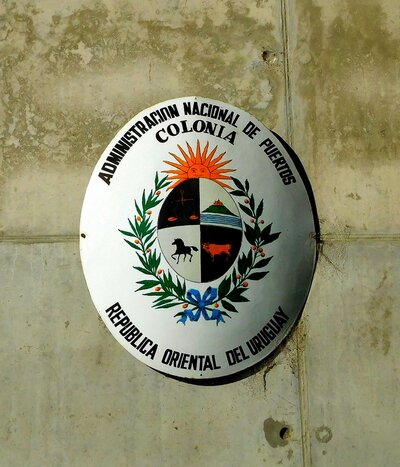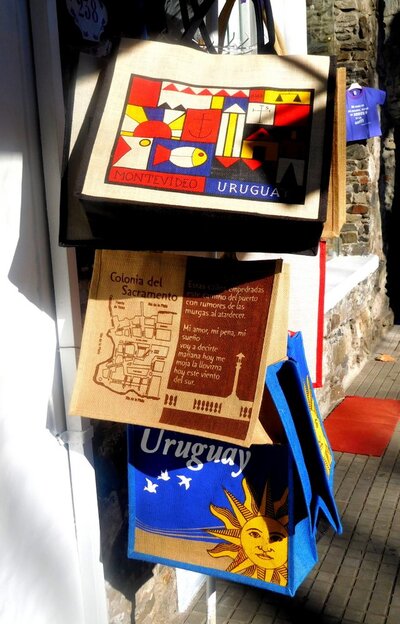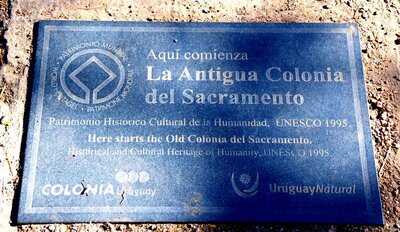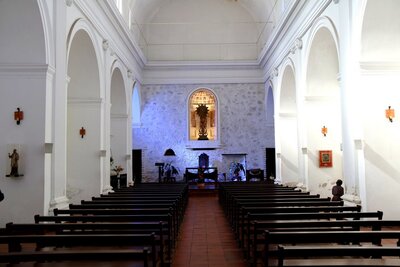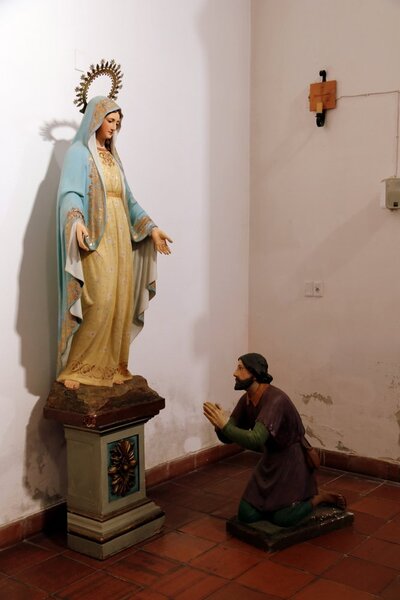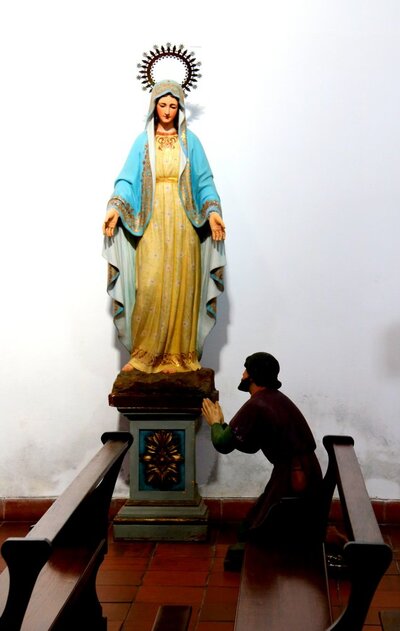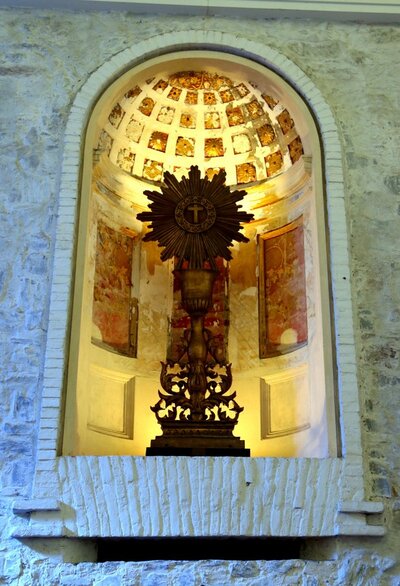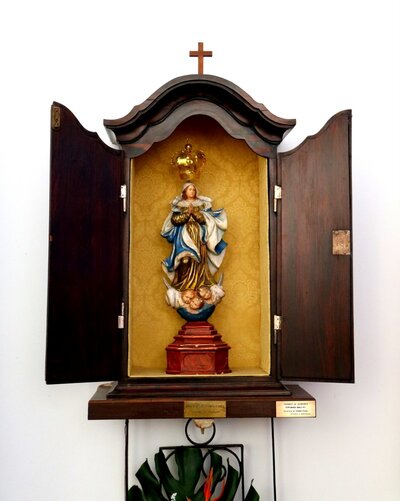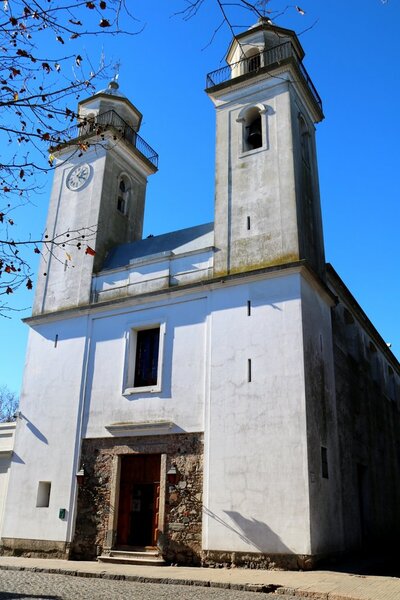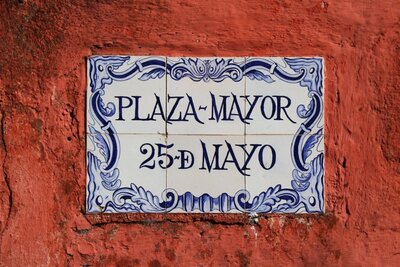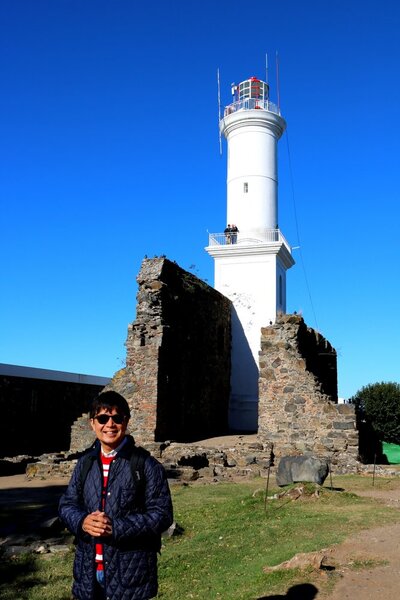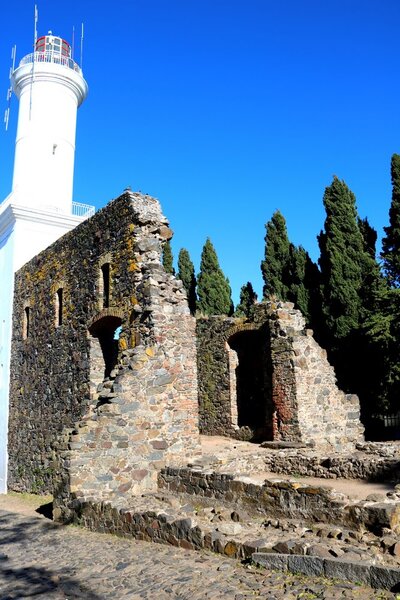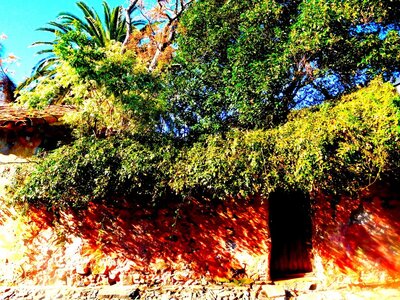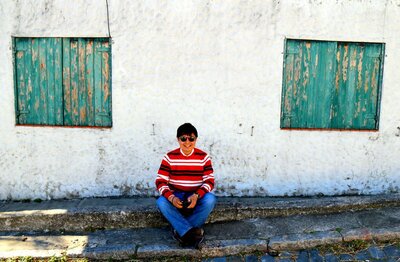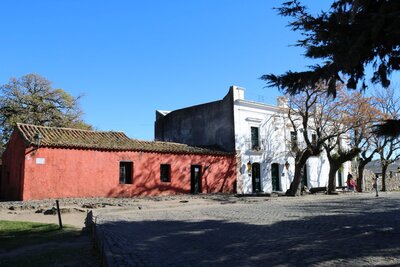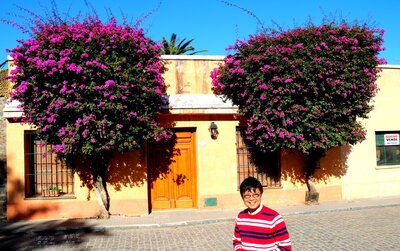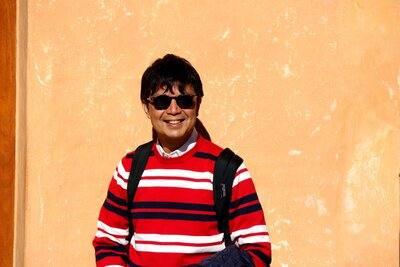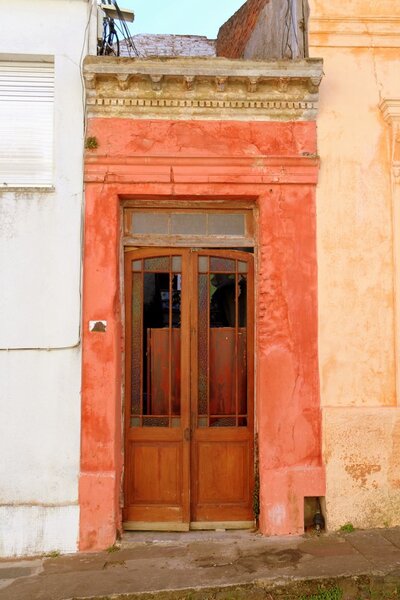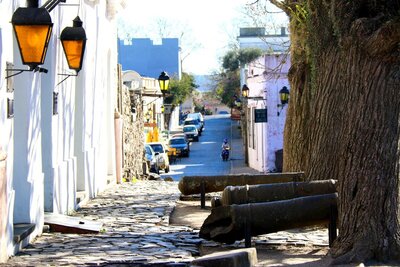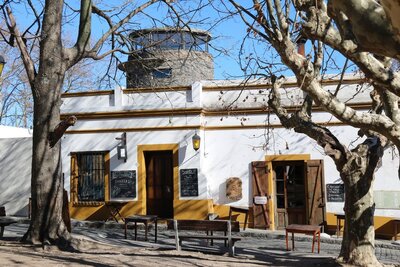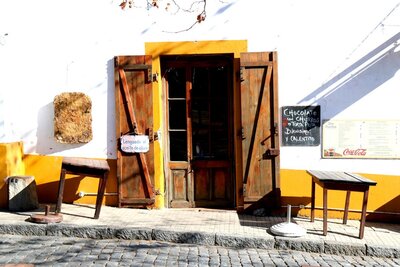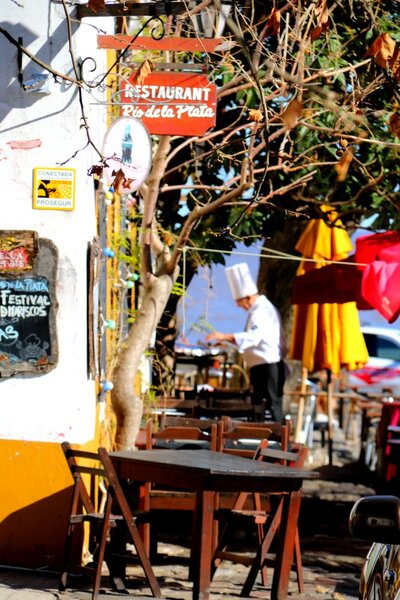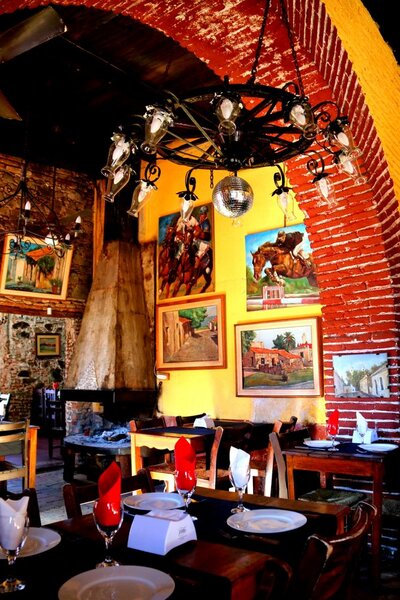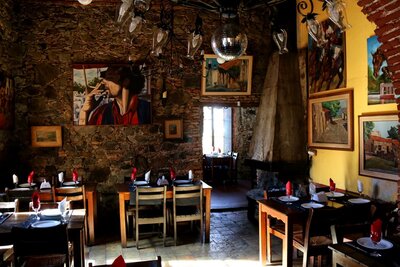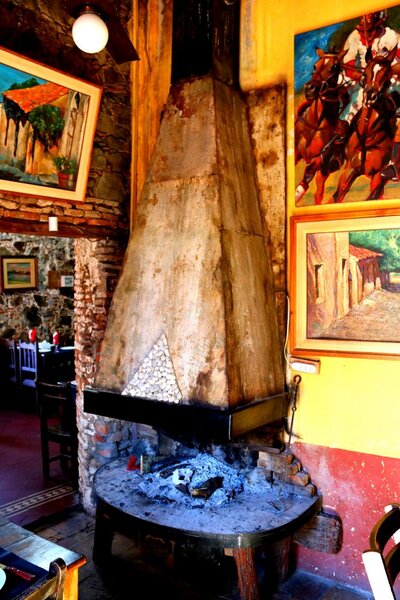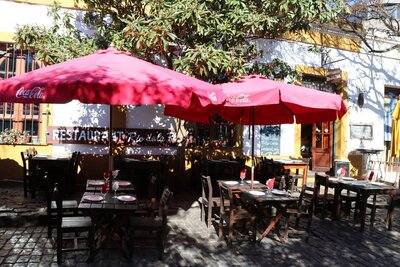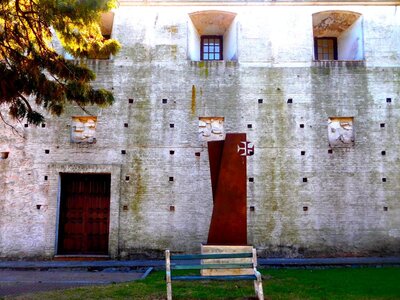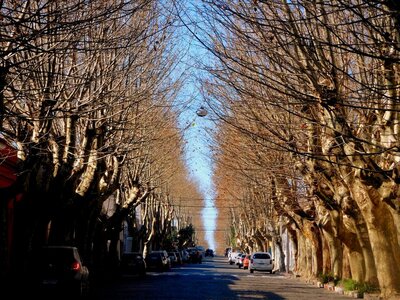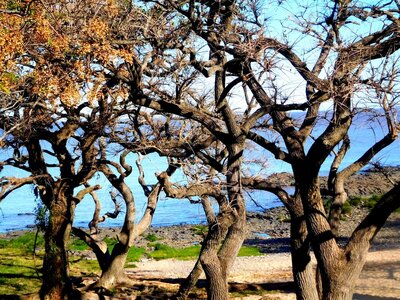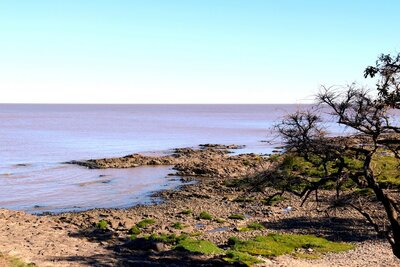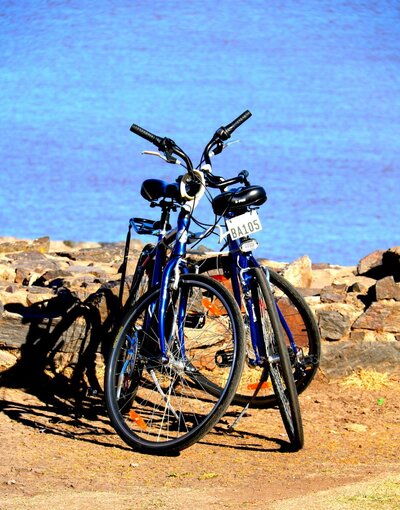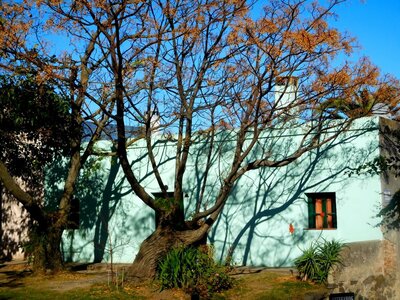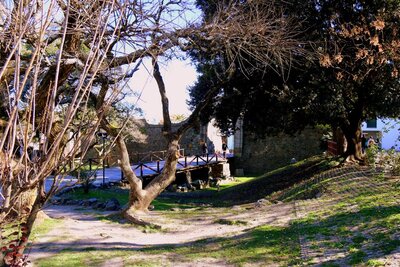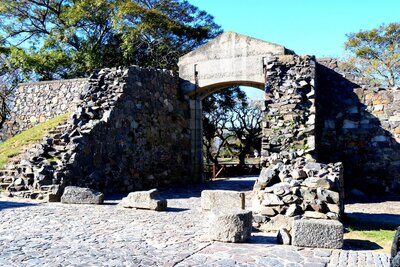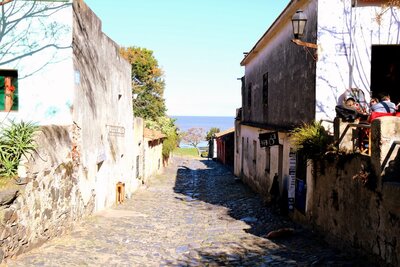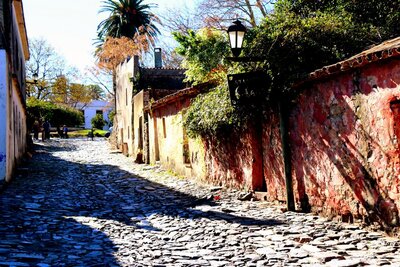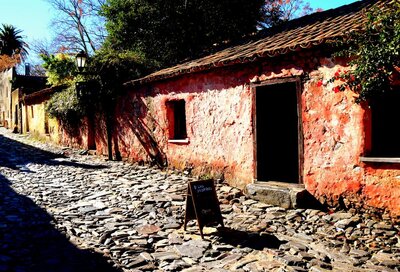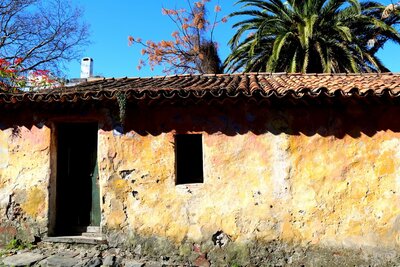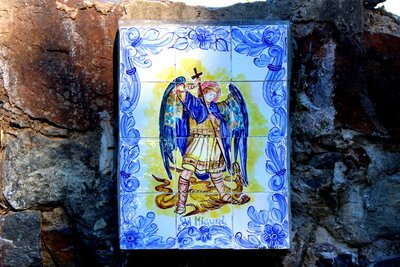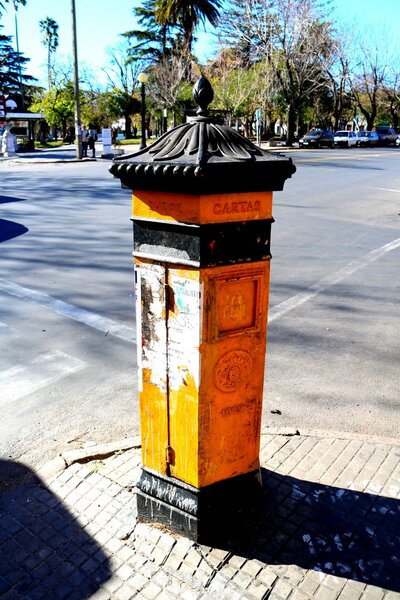I was no doubt excited to reach our 91st country, Uruguay. For years I read about this UN World Heritage Site and I wanted to see it for myself. Frankly, I didn't have high expectations. I read one blogger's review which basically called the town downright boring. After several hours of walking around town, I say it was definitely worth visiting. What makes this place special is its colonial look which has been preserved. Thus, many of the buildings we see today look exactly the same as they were way over a hundred of years ago. It was a day well spent and the town indeed merits the title given it by the United Nations.
Marc and I boarded the ferry at exactly 9:00 in the morning. The ferry wasn't full. Before we boarded the vessel though, we had to go through Argentine and Uruguayan immigration. As soon as I got the stamp from the Argentine immigration officer, I had to go to the window a few steps away and I then got the stamp from the Uruguayan officer in a matter of minutes.
The entire trip took an hour. Very quick. At 10 am we were in Uruguayan soil.
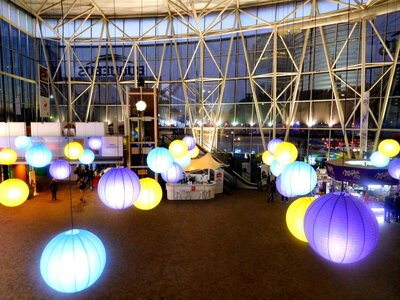
This was how the Buquebus ferry terminal looked very early in the morning one wintry day in July in Buenos Aires.
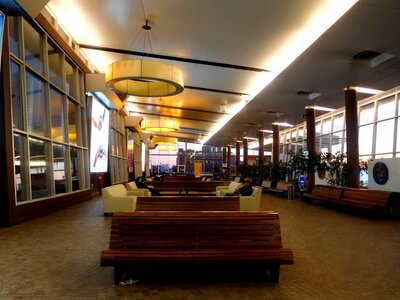
This was the waiting area. We were the first ones to arrive.
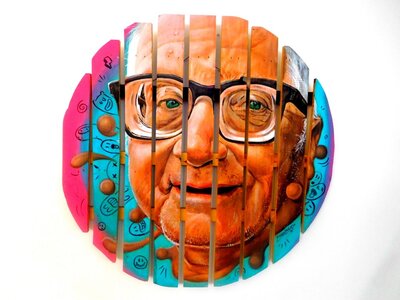
There was an art exhibit in the waiting area and there were paintings, both portrait and abstract. This was one of the pieces on display.

The Buquebus terminal in Puerto Madero didn't take long before it began filling up with passengers.
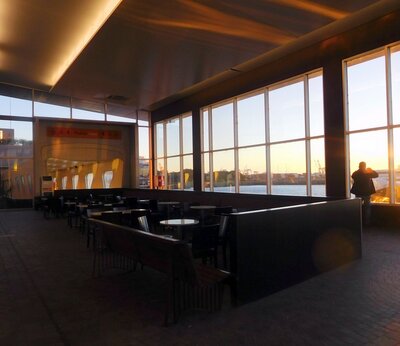
Another part of the waiting area. This was on the extreme end of the hall and it remained empty for most of the time we were there. There just weren't that many outgoing passengers.
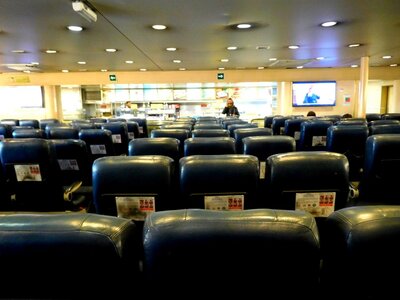
We were two of the of the first to board and I was lucky to take a picture of the ferry before the other passengers arrived.
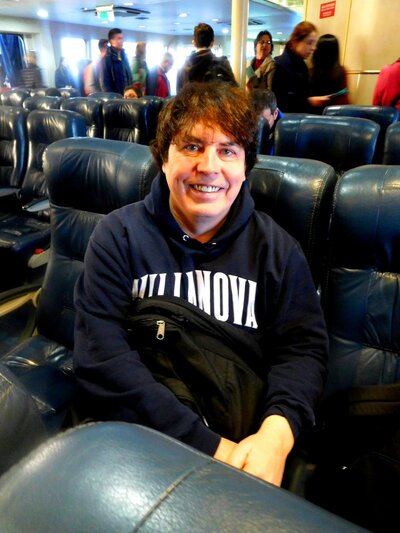
Here's Marc!
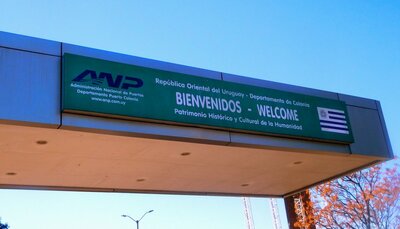
In Uruguay!
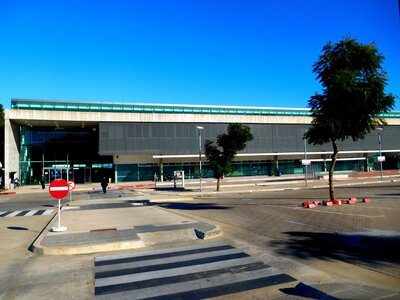
The Ferry Terminal in Colonia de Sacramento in Uruguay
As soon as we arrived in Colonia, we got a map from the lady at the tourist office booth inside the terminal and off we went sightseeing.
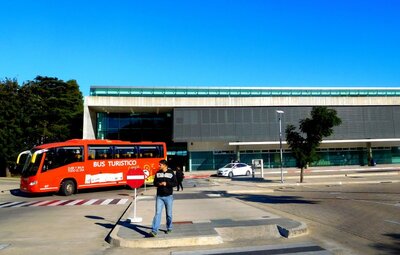
When we booked out tickets at the Buquebus office in Buenos Aires, the agent asked us if we wanted to join a tour. We declined. I knew the place wasn't so big and touring the place was so doable per the advice of Tripadvisor reviewers.
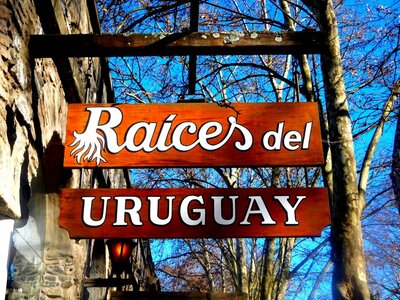
My first impressions of the town, very quiet and cooler than Buenos Aires. We walked along the commercial street in town where there were a number of souvenir stores selling everything from the country like cups for mate, magnets, shirts, bags with the Uruguay map on them, and of course, postcards.

Oh, I wonder who this is?
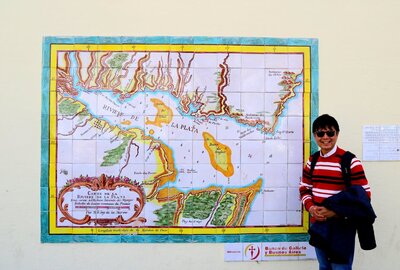
In the heart of the historic city center with a map of the Rio de la Plata behind me
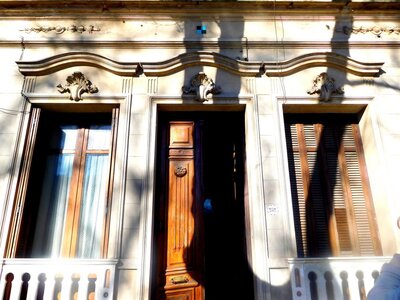
This was a commercial establishment I believe. I think it was a bank. It was still closed when we passed by it.

Colonia being very popular among visitors from all over the world, it was not surprising to see lots of stores catering to tourists. Here I was standing next to a sign of one.
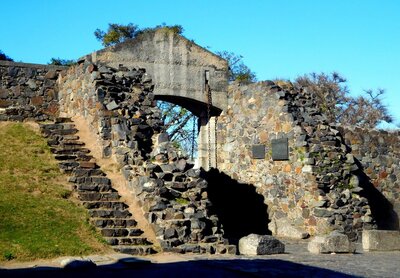
The gate to the historic center of town.
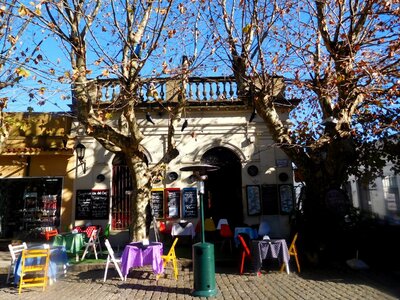
This was the colorful restaurant in front of the cathedral.
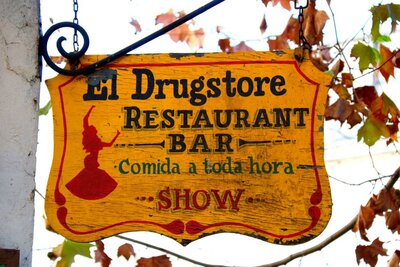
The restaurant called the Drugstore
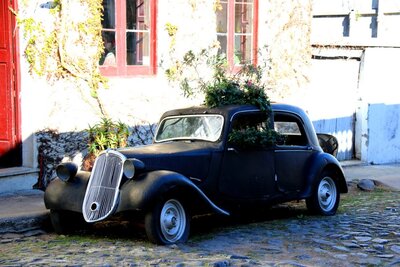
This car was a hit among the visitors to Colonia. Many even rode inside it for a photo opp.
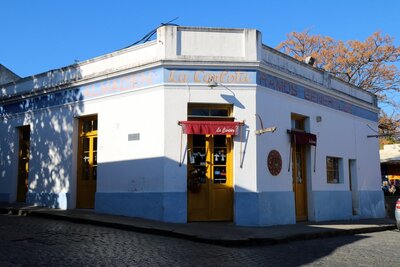
Another store in the historic center
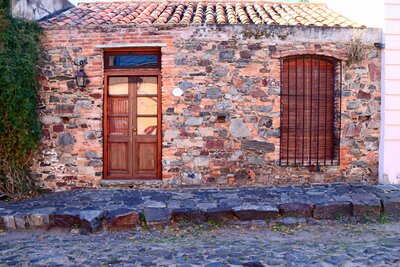
A quaint old house beautifully preserved

The town's cathedral. I recognized the interior of this cathedral from the you tube video I watched many times over. The Philippine Madrigal singers sang here.
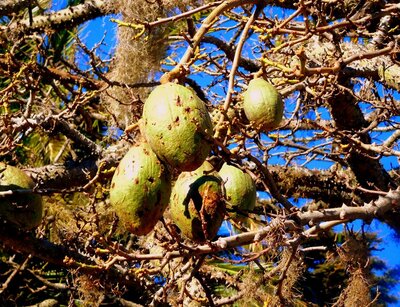
Palo Borracho. I asked one local what this fruit was called. I was told that it actually wasn't and that after a time, this thing opens up and cotton like threads appear.
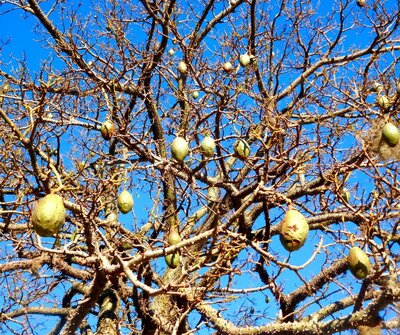
Palo Borracho
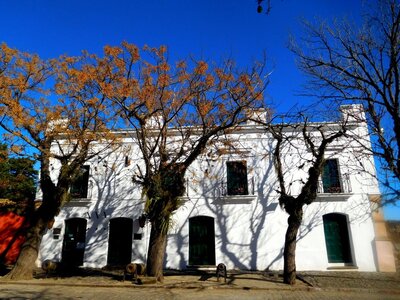
El Museo de Colonia
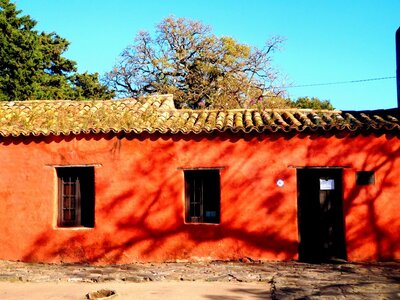
La Casa Portuguesa
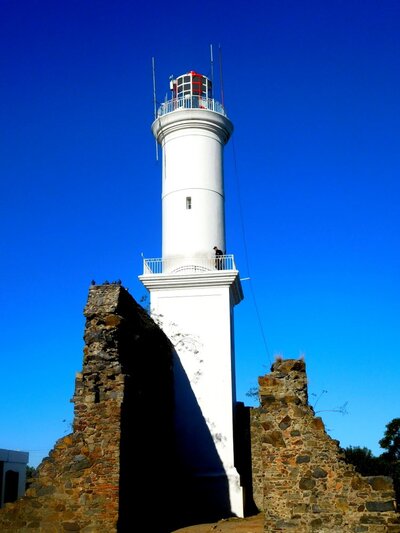
The light house with the ruins of a convent at its base
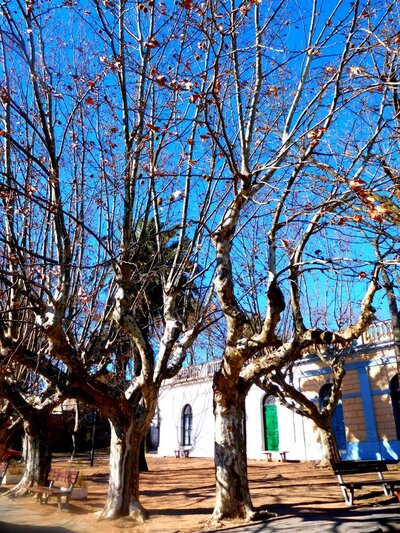
The Rotary Building
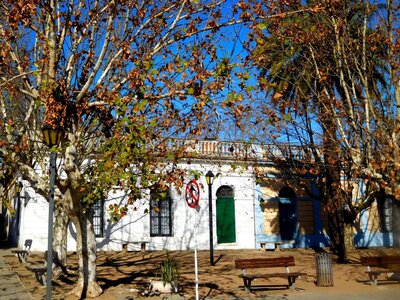
A frontal view of the Rotary Building
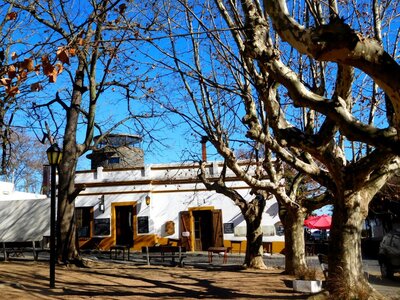
This was the restaurant where we ate. We had paella here and the serving was quite good. The restaurant staff was very friendly. The price of our lunch here was $40. Pretty pricey we initially thought but the paella given us was quite a big portion. We had coke and bread with it.
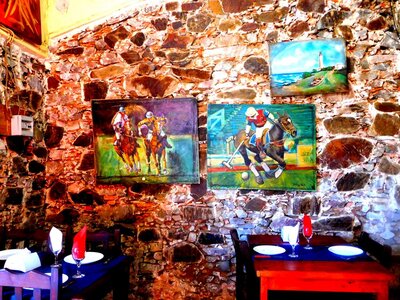
This was the inside of the restaurant where we at.
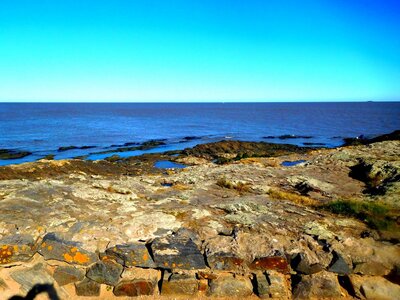
El Rio de la Plata

The train station which looked abandoned and unused.

